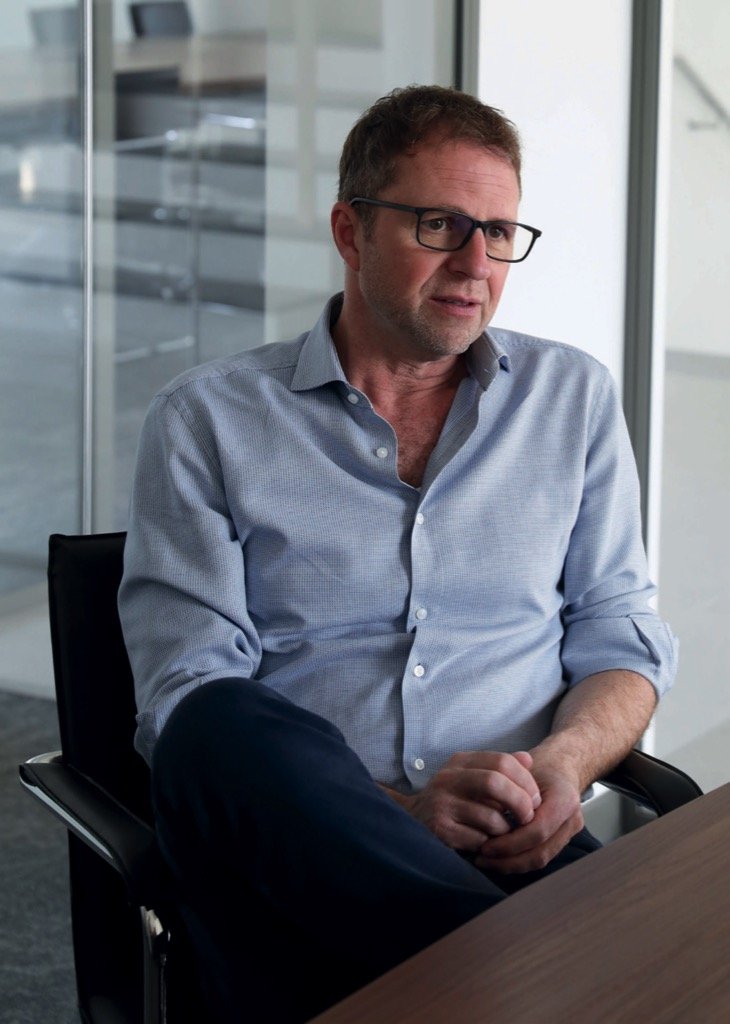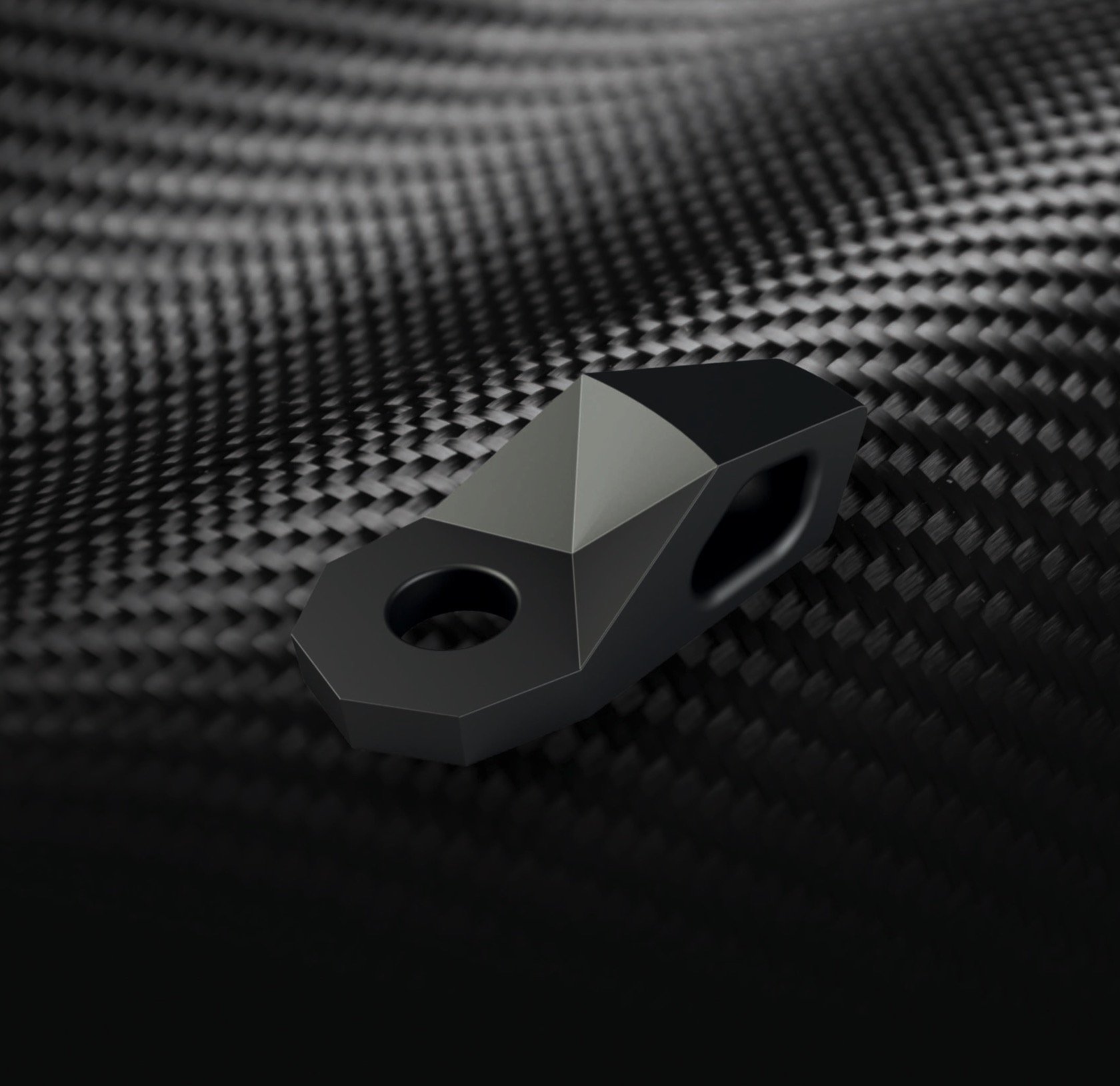Well beyond fashion: the items designed and developed side by side with the customer by Hawai Italia are suitable for multiple uses, ranging today from the outdoor to trekking, up to the safety sector
In business for over sixty years, Hawai Italia began its journey with the production of fashion accessories (buckles, zamak clamps, etc.), specializing in the last twenty years in composite plastics, from tips to small parts for the fashion sector to the world of safety. The company has maintained its historical zamak molding site in San Giovanni Lupatoto (Verona), gradually expanding the structure in proportion to production needs; it now has three plants, one of which is in Slovenia, with a total surface area of more than ten thousand square meters. Gianni Fairelli, Sales Manager Italy, told us about the innovations underway.
How is your production currently set out?
“We work a lot in partnership with the client to ensure that the product fully meets their specific requirements, and most of our current production is oriented towards filled material, often improperly classified under the name of ‘plastic’. In addition to the production of toe caps, we have added speedlaces for safety footwear, all metal-free components. In recent years we have also dedicated ourselves to the outdoor and trekking sector, focusing on lighter and more modern products. We have introduced carbon-based blends that allow us to work on the shapes by taking them to extremes, as in the case of the hooks and speedlaces, while maintaining standards of strength equal to those of metal. The result is an item that is four times lighter than its metal equivalent”.
What are your new products in the metal-free sphere?
“We have launched two products. Two absolute novelties. One is called Grinn, a compound name derived from the combination of the words Green and Innovation. It is a one-piece speedlace, which does not need a rivet because it is already integrated within. It is made from 20% less plastic than a classic speedlace and production (especially assembly) is much faster, as only one item needs to be handled instead of two (speedlace and rivet). Everything is faster, which translates into a machine economy and savings in energy resources. It is a basic line designed for the safety shoe and for very high volumes. The other article is, on the contrary, designed for a limited run and targeted towards a medium-high range client. This is the Carbon Fiber line, a series of speedlaces created for trekking but also used for safety. We have presented several proposals of closed oropen speedlaces and locklaces made entirely of CFRP (Carbon Fiber Reinforced Polymer), a carbon fiber structure injected with elastic polymers. Compared to layered carbon, to which it closely resembles, it has the advantage of elasticity. While the former is very strong and light but has a very low tensile strength, CFRP provides considerable flexibility, so much so that it is also used in the automotive industry (Porsche wings, for example, are made of this material). In the past, even with other filled plastic compounds, it was necessary to use much stronger structures to achieve the same strengths. Thanks to these innovations, our shapes are considerably thinner but can withstand tension weights of up to 80 to 100 kg. This is the maximum that can be found on the market”.
Does the use of such high-quality materials affect the price of the final product?
“Not necessarily. Grinn is positioned as an economic product, designed for very large production runs. It costs the same as a composite speedlace, like our traditional ones, but being integrated you do not pay for the rivet. You already have a saving of 20%. As far as Carbon Fiber is concerned, we propose it as a replacement for the current zamak speedlace, the price of which is made up of two factors: the production of the item and the electroplating (production and finishing weigh almost equally on the final price). With Carbon Fiber, there is no finishing phase, so the price equals that of the zamak speedlaces. It is a bit like buying a bicycle, and for the same price getting one with a carbon frame instead of an aluminum frame”.
Considering the complexity of the global situation, what is the current state of the safety sector?
“Touching a little on all the various sectors, we realized that compared to fashion, for example, Safety is doing well, partly because it is less influenced, at least as far as we accessory makers are concerned, by trend-related factors. It is a rather solid market, which is less affected than other sectors by the various crises. It is the sector that has been improving for years”.
Have you considered initiatives to mitigate the ecological impact of your production?
“With plastics as our future core business, we feel a strong responsibility towards the planet. To limit our environmental impact, we are working on projects for 100% recyclable plastic speedlaces, from our own discards drawn by certified drawers. To show that any level of reuse can be achieved with plastic, we have come up with dynamic designs in high fashion with compostable buckles with an expiry date. Grinn, due to its technical specifications, cannot be produced from recycled material but, with 20 percent less plastic than the normal product and considering volumes of millions of pieces, it is already an extremely effective form of environmentally sustainable production”.

Gianni Fainelli, Sales Manager Italy

Some item from the Carbon Fiber line, a series of speedlaces created for trekking but also used in the safety sector
